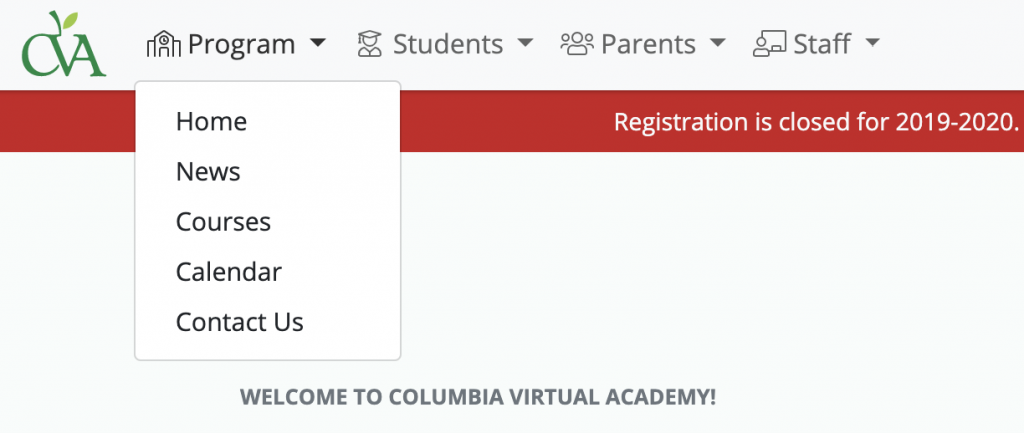Not only does proper website architecture help your users, but it can be a game-changer for your SEO.
Here, you’ll find:
- What site architecture means
- How this structure affects your SEO
- Ways to make your architecture SEO friendly
- How to build a website structure with SEO in mind
Imagine you’re in a home improvement store, shopping list in hand. Maybe this is your neighborhood shop or a brand-new spot you’re visiting for the first time. Either way, there are plenty of design decisions that were made to make your experience as streamlined and efficient as possible.
Think: similar product categories being grouped together, organized shelves, and signage telling you what’s on each aisle.
This is how website architecture works. Its aim is to make navigating a website clear and intuitive. It also makes it easier for search engines to crawl your pages — a big factor when it comes to your SEO.
The best time to create an ideal site structure is when you’re building or revamping your website. But even a well-established site can be tweaked and modified to be more organized, user-friendly, and appealing to search engines.

Your site structure can help users easily navigate through your offerings to find what they’re looking for. (Image via Unsplash)
Let’s dig into how effective site architecture doesn’t just improve your rankings, but your overall website user experience (UX) as well.
What is website architecture?
As HubSpot explains, website architecture is the way your site is structured. Your structure can help users easily navigate through your offerings to find what they’re looking for. The quicker they can do that, the higher your chances are to drive conversions.
In simple terms, website architecture refers to navigation elements on your website. This includes headers and footers (plus other internal links), as well as your URL structure.
Pro tip: Site architecture can also help you avoid keyword cannibalization, which is when two or more pages have the same intent and compete with one another. As SEMrush explains, “The right website structure can make it easier to stop this issue from occurring due to a clearly defined place on your site for a particular topic or piece of content.”
How does site architecture benefit SEO?
If someone lands on your website through an online search query but can’t find the information they’re looking for, they’re likely to bounce from your site and look elsewhere.
Having a clean, intuitive navigation allows people to find the pages relevant to them quickly, which keeps them on your site. For that reason, it’s best to always put the user first when considering how to set up your site navigation.
How does site architecture affect search bots?
Good site architecture also helps search bots (which determine what to include on the search engine results page, or SERP) crawl and understand your site better. Generally, pages at the root of your map are given higher priority.
Say you’re an e-commerce brand with a large amount of products. You may want to use “/products” in all of your product URLs. This signals to search bots that all pages under that parent category are related in some way.
If all your pages are at the root, for example “site-name.com/name-of-product,” bots don’t recognize that these are related. This makes it more difficult to know which pages are the highest priority.
The same can be said for site hierarchy. Tier 1 items should be top priority pages. Related pages can be linked underneath as Tier 2 items. Say you have “products” as your Tier 1 and underneath you have product categories on the Tier 2 level. (Use Tier 3 items sparingly. They tend to clutter up your navigation and can overwhelm users.)

In this example from Columbia Virtual Academy, “Program” is the Tier 1 item, while “Home” and the items below it are all Tier 2. (Image via cva.org)
Pro tip: Having a page linked in the navigation signals to search bots that it’s an important page. Google tends to give more credit to pages in the header navigation than footer. However, if you try to link every single page, it’ll ignore these signals and assume you’re trying to trick the algorithm.
How do you determine if your site structure is SEO-friendly?
There are a few questions you can ask yourself to determine if your current site architecture is set up for SEO success:
- Do you use clean, easy-to-understand URL structures with parent items to categorize content? If not, you should.
- Do you use images in your navigation? If so, be sure you’re also using text links. Search bots can’t “see” images. They use anchor text as a signal for a page’s keywords. (Technically, navigation items are considered an internal link.)
- If you’re using text links, do your navigation items include keywords when possible? Again, search bots crawl these links and use the anchor text as a clue to the page’s content.
- Is your navigation easy for a user to understand? You can dig deeper into this question with heat-mapping or other services that let you do user testing or screen recordings. This way, you can see if users are bumbling around on your pages or find what they’re looking for quickly.
- How many items are in your navigation? There may need to be a lot. A generally good rule is to keep things as concise as possible. You (almost) never need to link every single page on your site in your navigation. Also, consider how many clicks it takes to get to a page from the homepage. Try to keep it to less than four clicks when possible.
Need more help with your website design or marketing? Let’s chat.

At its core, site architecture is about improving a visitor’s experience on your site. (Image via Unsplash)
How do you create a site structure with SEO in mind?
Don’t panic if you’re realizing that your site architecture isn’t where it needs to be. There are changes and tweaks you can make that’ll get your site on the right path in a flash.
First off, use keywords in your URLs when possible (without keyword stuffing). If your site’s not already set up this way, work with a developer to see if you can redirect and update your URLs so they have parent items. They should also be clean and easy to read. This means no random scramble of letters, numbers, and symbols.
You also want to make sure there aren’t too many elements in your navigation. Having no more than seven Tier 1 items is a good basic rule to follow, if you can. And using internal links can help search bots and users get to relevant pages quicker
Humans read left to right, so think about how you can prioritize navigation based on what visitors most likely want to see. While it may make sense to you to put your “About” info as your first navigation link, put yourself in the user’s shoes. Most likely, they’re more interested in what you have to offer first.
Lastly, make sure you have an XML sitemap (and potentially an HTML sitemap). Submit these to Google Search Console so Google can see a full list of the pages you want indexed and can go crawl them accordingly.
Pro tip: The growing trend of mobile search is yet another reason to make your navigation as easy to use. When building or updating your navigation, you always want to make sure it looks clean and works properly on both mobile and desktop.
The takeaway
At its core, website architecture is about improving a visitor’s experience on your site and helping you rise in organic search result rankings. It’s also a way to keep your site clean and organized, even as you expand and build it out as time goes on.
Follow these tips to ensure your site is set up in a way that’s easy to follow and designed to help visitors find what they’re looking for.
This post has been updated and was originally published in May 2020.

